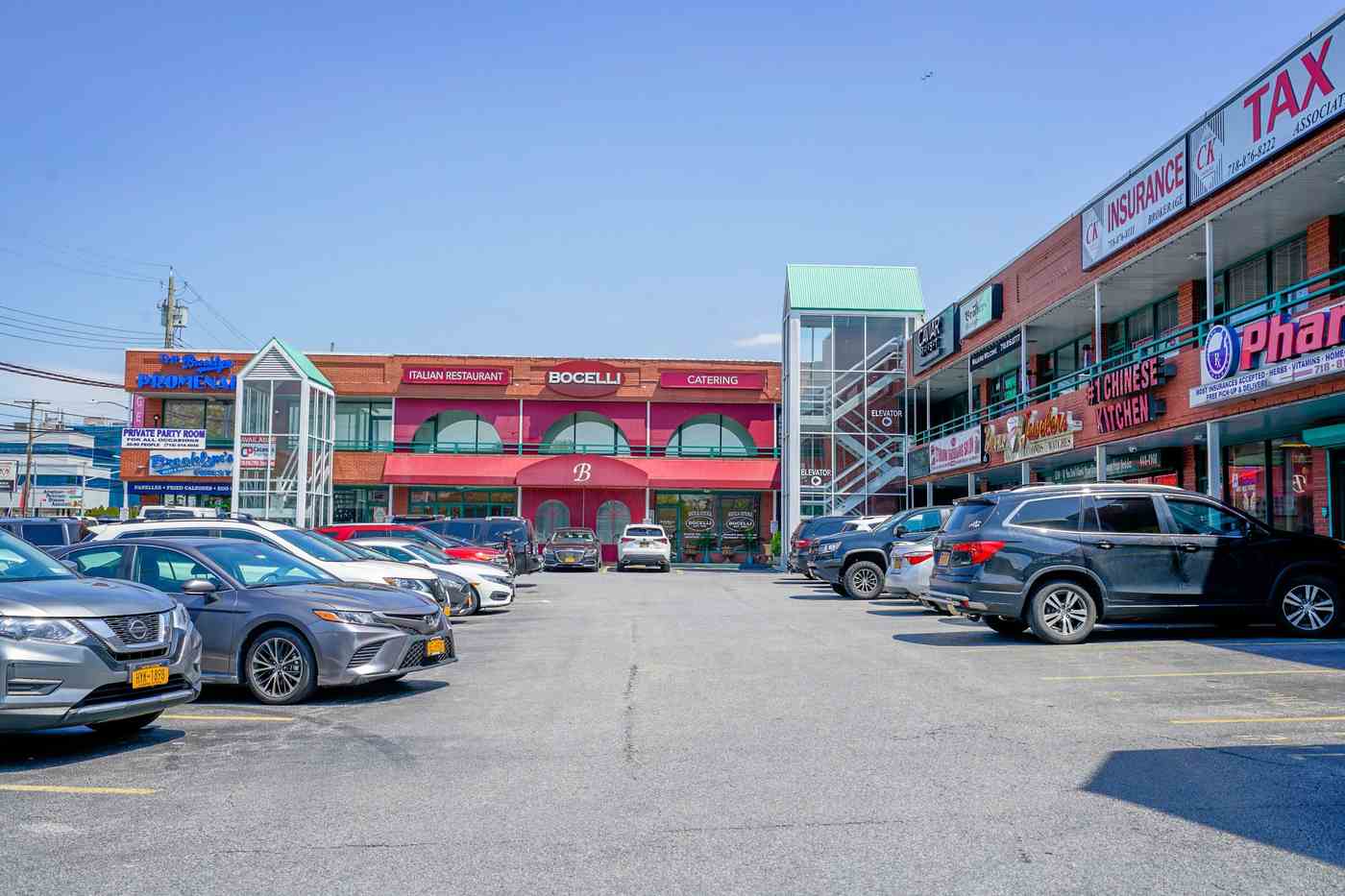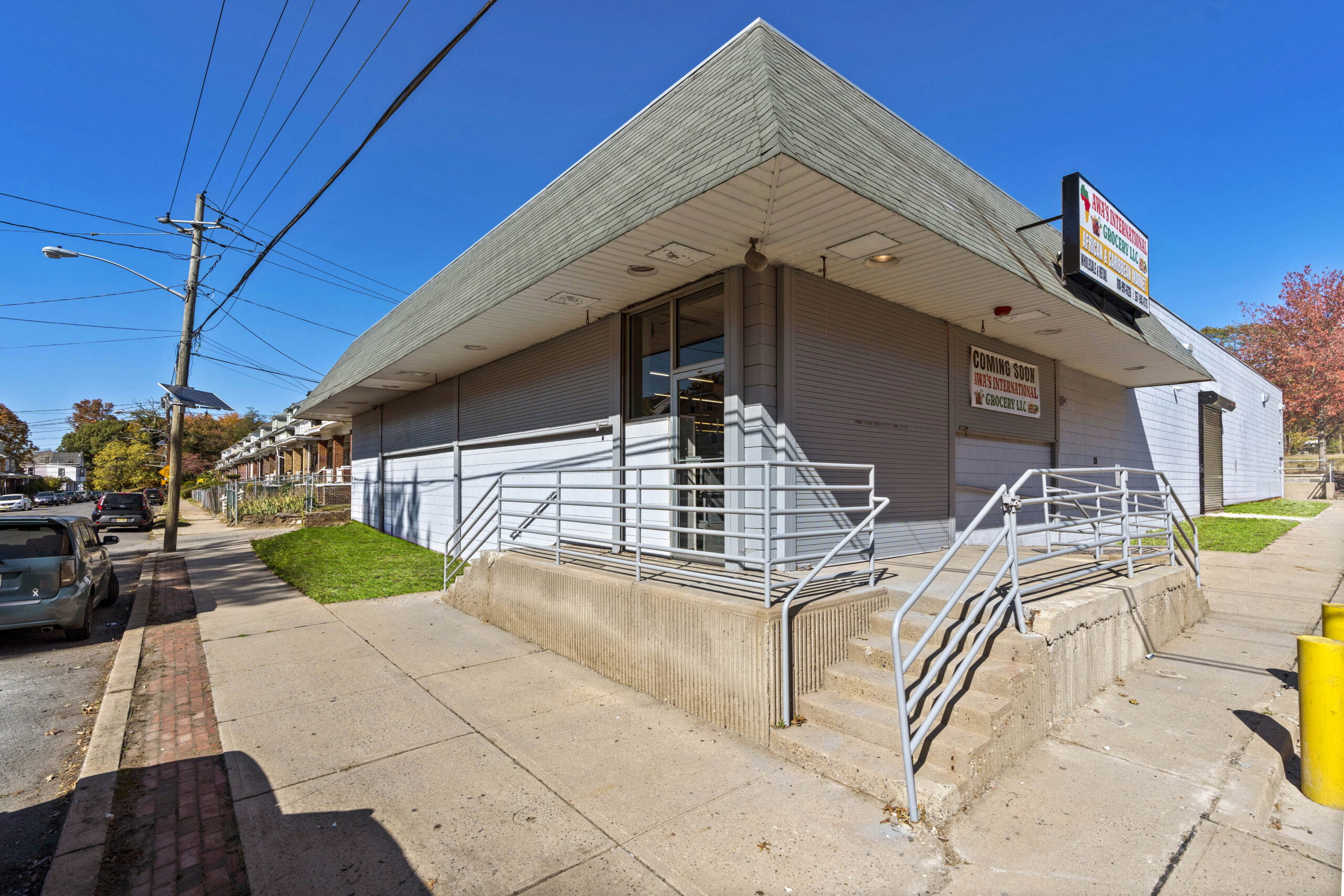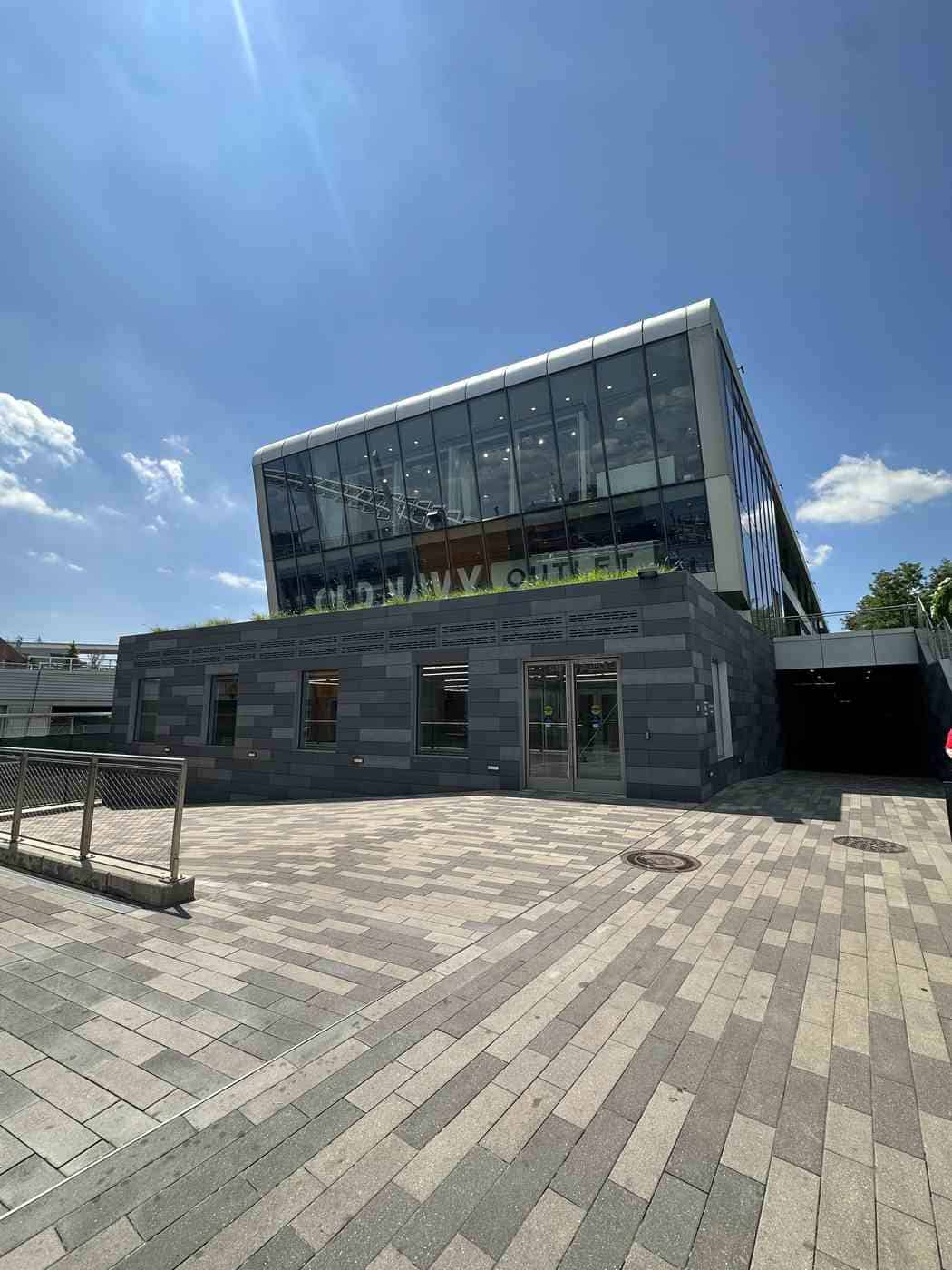By James Prendamano
A June 19th article in Women’s Wear Daily announced that Neiman Marcus Group Ltd. LLC reported an 81 percent decline in profits going from $19.8 million to $3.8 million, marking a drop in sales for its third consecutive quarter.
”Across the board the numbers are down significantly and the culprit”, they say, “…is a decline in tourist traffic and an oil patch disruption in Texas.”
The article goes on to state…, “losing Brazilian and Russian tourists has negatively impacted the store in cities such as Florida.”
Foot traffic is a key component to retail success which is why retailers located near tourist attractions or in destination based retail facilities do well – unless those tourists dry up or the retail facility fails to adjust to the changing needs of the consumer. When that happens, all bets are off.
Staten Island has always been the home to the Staten Island ferry, one of New York City’s most visited icons carrying 70 thousand passengers daily. Staten Island also has spectacular waterfront views, acres of parkland, incredible restaurants and a population that boasts one of the highest median family incomes in all of New York City. Yet for years Staten Island has been overlooked by some retailers who preferred to be located in Manhattan or the other more populated boroughs. With real estate experts predicting that the per square foot cost of Manhattan real estate will soon become prohibitive, retailers are seeking new ways to attract customers – especially Millennials.
How best to attract Millennials is the number one question among retailers. However there are opposing opinions about the best way to tap into the $14 trillion dollars Millennials will spend by year 2020.
Some believe that online shopping is the future of retail, but the WWD article points out that while online retail sales are up, they are generated by new customers who are spending less. At the same time, a report released by OpinionLabshows that Millennials prefer the brick and mortar experience to online shopping because they want to feel the material, try on their purchases and compare prices. They also enjoy the socialization of shopping at centers where a pre-shopping brunch or post shopping dinner adds to the experience.
This tech savvy generation documents nearly every aspect of their lives through photographs that are instantly uploaded to social media sites. Facebook, Twitter, Instagram, Pinterest and Snap Chat provide a viewer with a virtual tour of a day in the life of a Millennial. From a colorful salad served in an eclectic restaurant on Smith Street in Brooklyn, to an antique pillbox hat purchased at a second hand store on Bay Street in Staten Island, Millennials are attracted to experiential retail which can be shared with friends and family.
Staten Island is embracing the concept of experiential retail, especially along the Bay Street corridor. A quick Google search will turn up thousands of photos of Flagship Brewery on Minthorne posted on various social media sites by Millennials. Places such as “Coffeed” located in Urby – the 900 unit mixed use project on the Stapleton waterfront that contains a working farm, will certainly be a favorite of Millennials who are the target market for the residences.
Millennials are the most likely group to become part of the 30% projected population growth along the Bay Street corridor once the Mayor’s rezoning is adopted. They will also make up a large percentage of tourists and residents visiting the New York Wheel and Empire Outlets once they are open on the waterfront. With this in mind, it makes sense for retailers who are struggling with the decision whether to open a new location or expand their online presence, to make their brand part of the Staten Island experience.
For retailers skeptical about relying on tourist traffic alone to bring them success, they should consider the following facts: there are 15 million people living within a 45 minute drive of Staten Island; 8 million people living in New York City spend $78 billion retail dollars annually; and Staten Islanders generate $1.2 billion in retail demand.
With numbers like these, retailers seeking to attract millennials should be comfortable locating their brand on Staten Island.







Leave a Comment